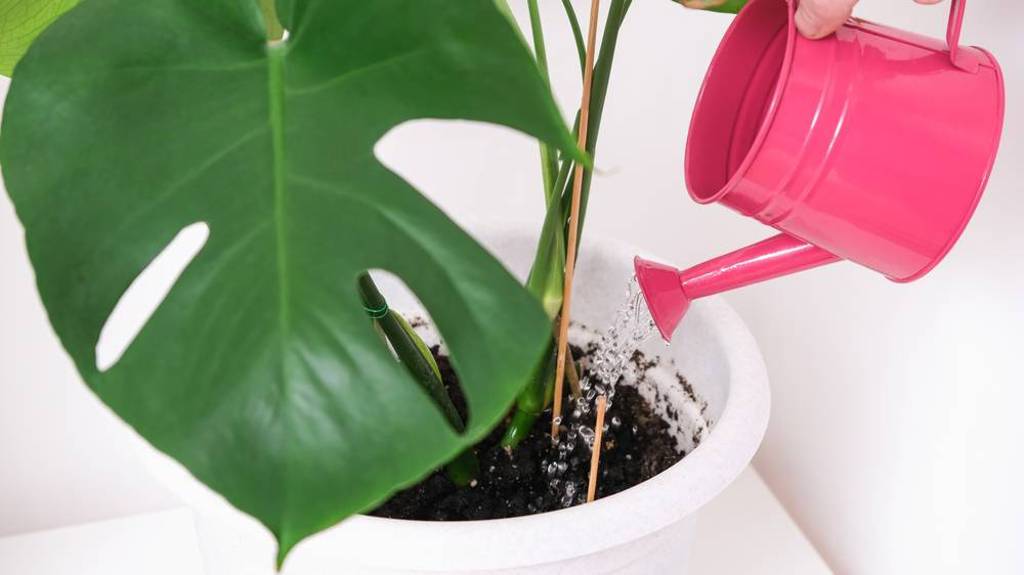This article was written by and originally appeared on realestateview.com.au.
Moving to a new state is an exciting adventure, but it can be a challenging task, especially when you have beloved plants to relocate along with you. Whether you’re an avid gardener or simply a plant enthusiast, transporting your plants interstate requires careful planning and preparation to ensure their health and well-being throughout the journey. With these tips, you’ll be able to safely move your plants to your new home with as little stress as possible.
1. Treat plants for pests and diseases
Ensure you treat your plants for pests and diseases prior to transporting them to your new home. When embarking on an interstate move, it is important to be mindful of the potential existence of various diseases and pests that require attention. This responsibility extends not only to the well-being of your own plants but also to safeguarding the overall plant health in your new home.
2. Pruning for protection
Before embarking on your journey, it’s a good idea to trim any excess foliage from your plants. You don’t want branches getting caught and causing damage to your plants. Consider binding together any overhanging branches near the base to prevent them from snapping along the way.
Give your plants a good prune and they will thrive upon reaching their new home. You need to prevent as much damage as possible given that your plants will be in unsuitable conditions during your journey and will most likely be without water during this time. Show them some extra love beforehand to help them flourish.
3. Pre-move hydration
It is unlikely that your plants will receive any water during transportation. It is best to prepare them by thoroughly hydrating them a few days prior to the move. This will enable them to absorb the water they need and prevent them from dripping when it’s time to transport them.
Before the removalists pack your plants, ensure they have drained properly to avoid any residual water seeping into other boxes. For smaller plants or succulents, a light spray with a spray bottle before departure might suffice.

4. Check out the sunlight
As most plants will be transported in trucks or in shipping containers they may not have access to sunlight during their journey. While this is fine for shorter trips, some plants may not survive on longer journeys without sunlight.
Speak to your removalists about how much sunlight the plants are likely to get on the journey. If you are transporting them yourself, try and pack them so that they will still receive sunlight throughout the day. This will help keep them alive and ensure they do well in their new home.
5. Observe any quarantine restrictions
It is important to familiarise yourself with the regulations and restrictions concerning the transportation of plants in your new state. Each state has its own set of rules aimed at preventing the spread of pests, diseases, and invasive species. Certain plants may be prohibited or require permits, especially if they are deemed invasive or pose a threat to local ecosystems.
Conducting thorough research on these regulations beforehand will enable you to determine which plants are permitted, which ones require permits, and which ones would be better suited to finding new homes before your move. Bringing prohibited plants into the state can result in severe penalties. It is important not to attempt to conceal any plants when entering the state, as doing so is likely to lead to even more substantial penalties. Make sure you don’t try and hide anything when you’re entering the state as this is likely to bring even larger penalties.



